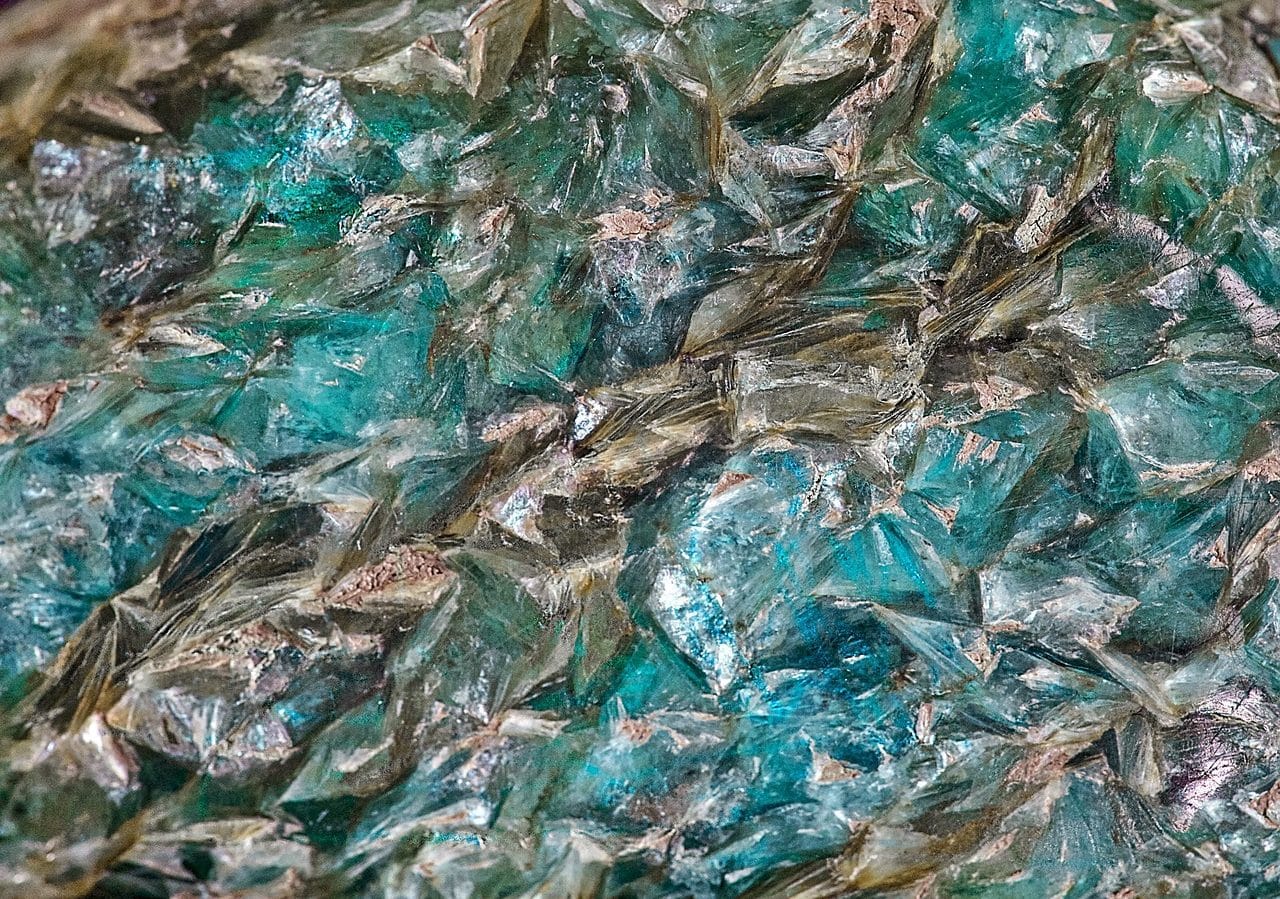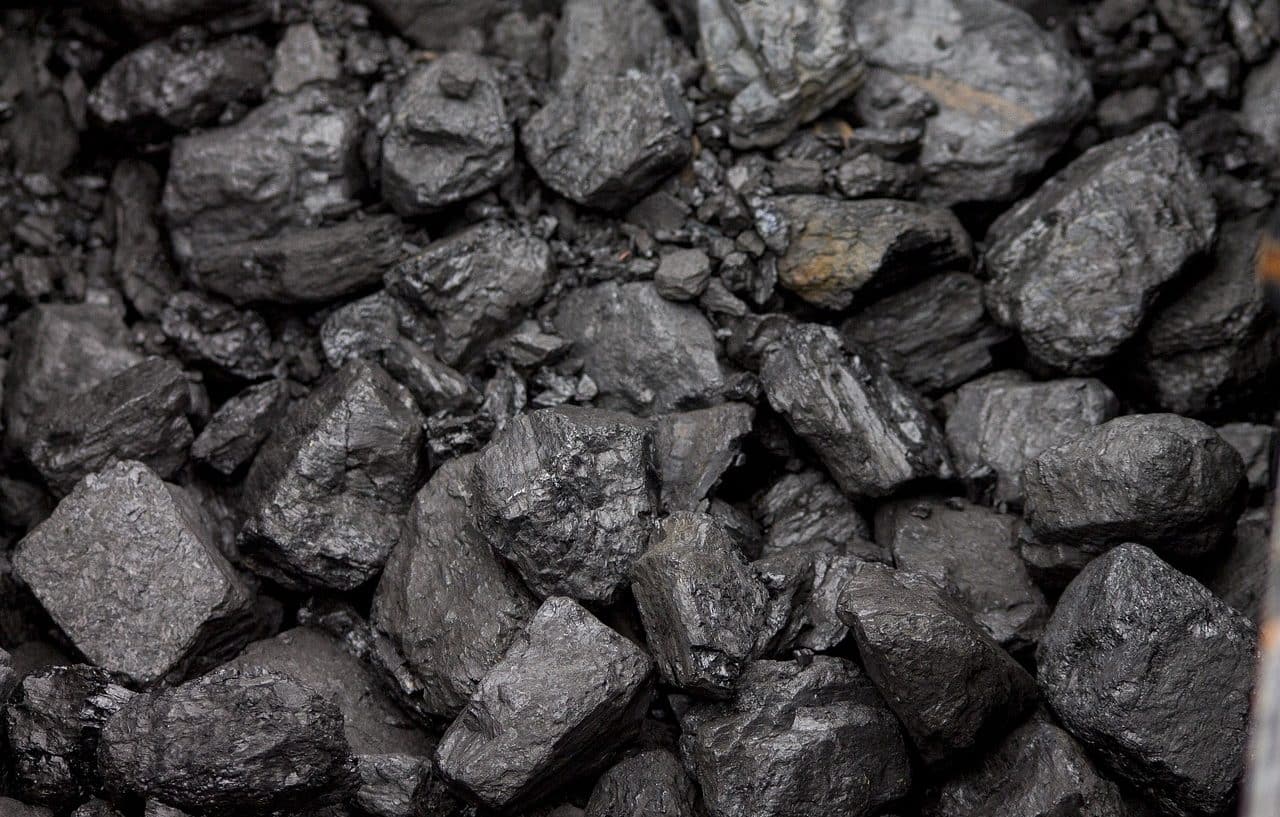
Metamorphic rocks are formed through a process of metamorphism.
Metamorphic rocks are those created from metamorphism. To understand the scope of the notion, we must know what this process consists of and be clear about several concepts.
A rock is a hard, very solid stone that is composed of one or more minerals. Metamorphic , for its part, is that which was subjected to a process of metamorphism .
Metamorphism involves the transformation of the composition of a material, without producing a change of state . The process occurs when the material in question faces pressure or temperature conditions different from those that allowed its development . Metamorphism can also be triggered by the injection of a fluid.
How metamorphic rocks are formed
A rock, when these conditions are modified, loses its thermodynamic equilibrium . In this way, it will seek to take advantage of the energy to carry out an evolution that allows it to regain balance in the new conditions. The rock resulting from this process will be classified as metamorphic rock.
There are processes similar to metamorphism, although with certain different characteristics, that give rise to other types of rocks. Sedimentary rocks are those that arise after a process of diagenesis , while magmatic rocks are formed through fusion with magma . Mixed rocks , finally, are the result of partial fusion with metamorphic sectors.
When the rock is at higher temperatures and pressures than the original ones, the metamorphic rock arises from progressive metamorphism . On the other hand, if it changes to lower energy conditions, it is a regressive metamorphism .

Anthracite is part of metamorphic rocks.
Some examples
Some of the main metamorphic rocks are listed below:
- Spilite : belongs to basalt rocks ( volcanic igneous rocks with a rich content of iron and magnesium silicates, and little silica ), specifically those altered by fluids at high temperatures. It is usually green or gray in color and has no visible crystals, although this can vary. Commonly, spilite is found in the form of pillow lava , which forms underwater when lava heads toward the sea floor and solidifies with a pillow-like appearance.
- Amphibolite : its composition is based mainly on amphibole minerals (a group belonging to silicates that occurs in a wide range of varieties, with different appearances and compositions). This type of metamorphic rock is the oldest of all those that have been found, since it is estimated that they can be up to 4.3 billion years old. Regarding its texture, it is usually rough.
- Anthracite : This is the most metamorphic of the known mineral coals, as well as the one that contains the most carbon . It exhibits a brilliant luster and shades ranging from steel gray to black. If it is not wet and if ash is not taken into account, anthracite has in its mass approximately 14% volatile organic compounds (chemical substances with carbon, present in any living element) and 86% carbon. These percentages can vary, the first decreasing and the second increasing.
- Corneana : The name of this metamorphic rock is due to its German name, hornfels , which can be translated as "horn-shaped rock" . It is a very hard rock, capable of withstanding glacial action . It originates from the high temperatures of intrusive igneous masses. Generally, its grain is fine and has an appearance that mixes shades of dark brown and black parts.
- Quartzite : It is also known as metaquartzite . It is rich in quartz (it usually contains more than 90% of its structure ) and has considerable hardness. It is important to note that there is a sedimentary rock called quartzarenite , which some people refer to using the name quartzite, erroneously.
